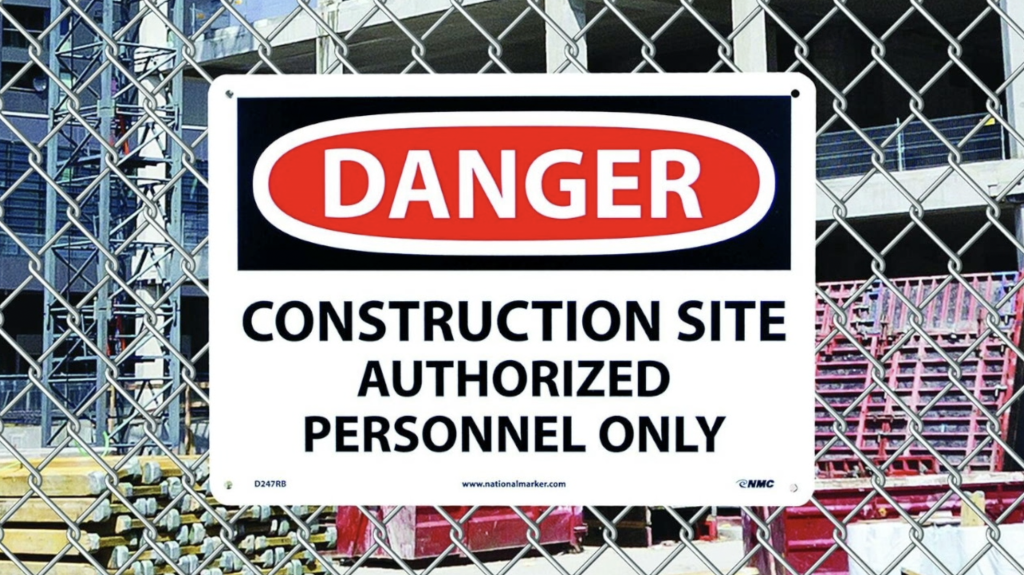Empower Your Team with These 8 Tips for Crafting Safety Training Videos That Resonate
Create a culture of safety and engagement within your team by implementing these expert tips for producing impactful safety training videos. From relatable content to effective communication strategies, ensure your team stays informed and motivated to prioritize safety in the workplace. Elevate your training program with these actionable insights and foster a secure and connected environment for everyone.
How to Create Compelling Safety Training Videos: Breaking the Mold of Boredom
Let’s face it – safety training videos often fall victim to boredom with outdated styles, cringe-worthy acting, and lackluster dialogue. The tech used might even feel like a blast from the past with pagers making an appearance. But fear not, there are ways to inject realism, relatability, and entertainment into your videos – yes, you read that right. The key is to engage employees without compromising the importance of workplace compliance. Discover these tips to create safety training videos for your team that could be Oscar-worthy. It might be a stretch, but they’ll undoubtedly forge an emotional connection, especially with your remote workforce.
1. Be Concise
Considering the limited time available to staff, it’s essential to keep safety training videos short and to the point. This ensures that employees can quickly absorb the necessary information and promptly resume their work responsibilities. However, for certain safety topics demanding more in-depth understanding, consider creating a series of videos. Each video in the series can focus on a specific sub-topic or task. For example, your new COVID-19 crisis library comprises 10 brief videos addressing everything from handwashing techniques to social distancing guidelines.
2. Address Practical Compliance Challenges
Avoid delving into far-fetched scenarios and hypothetical situations. Instead, focus on safety challenges that align with the everyday experiences of employees or are relevant to their job responsibilities. Keep it real, and avoid the phony scenarios. Successful online workplace safety training courses remain grounded in reality, enabling staff to apply their knowledge in practical work settings.
3. Utilize Animations for Risky Tasks
Certain situations are too hazardous to enact in reality. However, animations can effectively recreate scenarios and provide guidance. This is particularly valuable for excavation safety training videos, where serious risks during production must be avoided. For instance, the main character might inadvertently climb into a trench and get buried. The video should summarizes symptoms, treatments, and consequences for your company.
4. Incorporate Personal Anecdotes and Examples
The most impactful training experiences are personal, achieved through anecdotes and real-world examples that allow employees to learn from others’ experiences. Your safety training video could portray a past event, like when your sales manager tripped on an item left on the floor. Employees establish an emotional connection because it could happen to them, emphasizing the importance of compliance and the negative impact of breaches on staff and the organization.
5. Optimize for Mobile Viewing
Modern learners prefer mobile-friendly training accessible on any device. Optimization for mobile viewing involves more than media compression; subtitles should be included for special needs or on-the-go learners. For instance, employees can watch the demo video during their commute or while awaiting a client meeting. Subtitles facilitate content localization, allowing staff to choose their preferred language. BusyBoy Productions produces videos in English and Spanish.
6. Host a Viewing Party for Direct Feedback
Before officially releasing your new safety training video, gather employee feedback through a viewing party. Solicit opinions on subject matter, relatability, visuals, dialogue, and even subtler elements like music or sound effects. Incorporate their feedback and invite them for another viewing session to ensure readiness for the big debut.
7. Invest in Video Editing Software
Effective video editing software with an asset library, recording tools, and special effects is essential for producing high-quality safety training videos on a budget. Utilize free trials to test performance, assess user-friendliness for your team, and evaluate the formatting process through a test project.
8. Hire a Professional Video Production Team
Consider outsourcing the production of workplace safety training videos to professionals with the necessary tools, design skills, and experience. Outsourcing partners can assist in curating online training content, shooting fresh footage, or repurposing existing assets. Vet vendor qualifications, submit Requests for Proposals (RFPs), and consider a sample video to assess customer service and work quality. Also, be sure they have produced safety videos in the past.
Producing relatable safety training videos involves personalization, understanding employee preferences, cultural backgrounds, and on-the-job challenges. Follow the story arc, beginning with a brief intro, addressing the obstacle, and highlighting compliance resolution. Engage with captivating dialogue, relevant characters, and eye-catching visuals to captivate the audience without compromising the real-world value of safety training.
Prioritize health and safety training in your Learning and Development agenda, especially in the current environment.



![Top 10 Medical Video Production Companies [Why Choose the #1 Healthcare Video Services]](https://www.busyboyproductions.com/wp-content/uploads/2025/04/top-10-medical-video-production-services-camera-crews-scaled-e1743698274608-500x383.jpg)


Keep up the fantastic work!
Love reading your blogs on safety